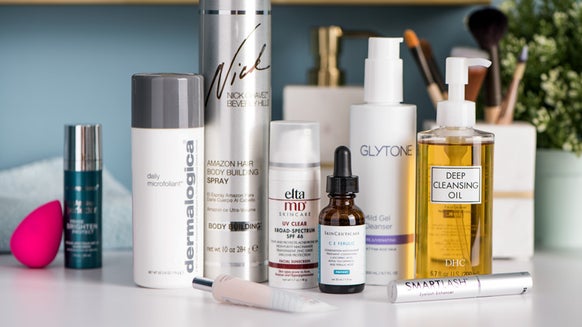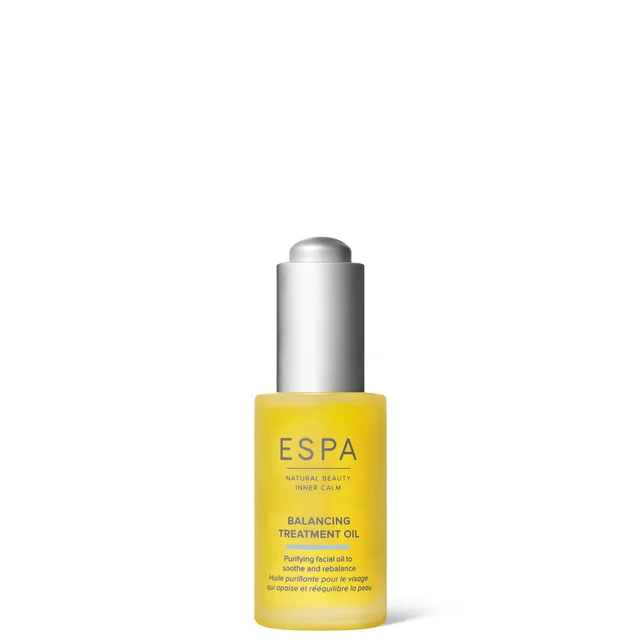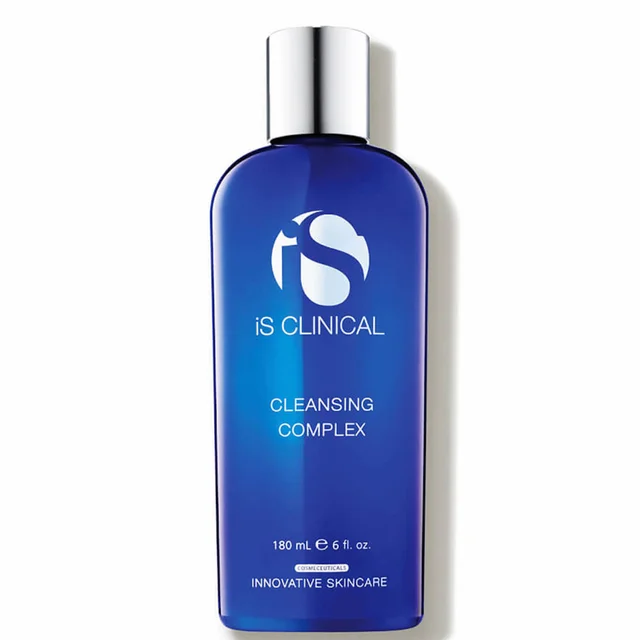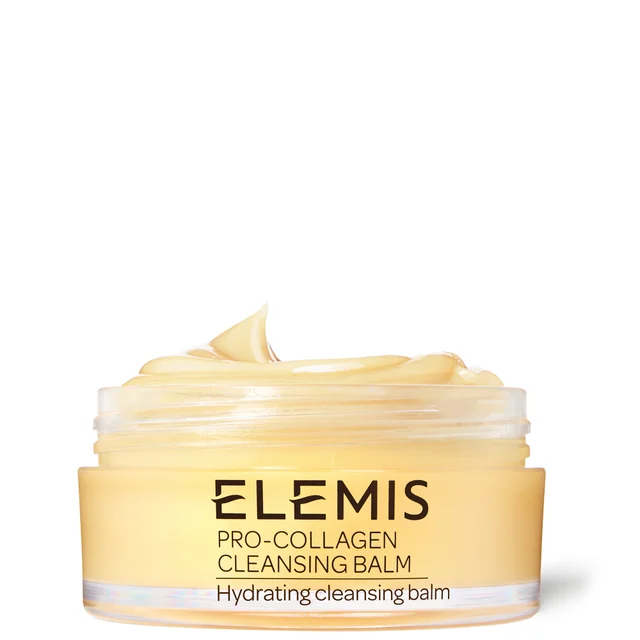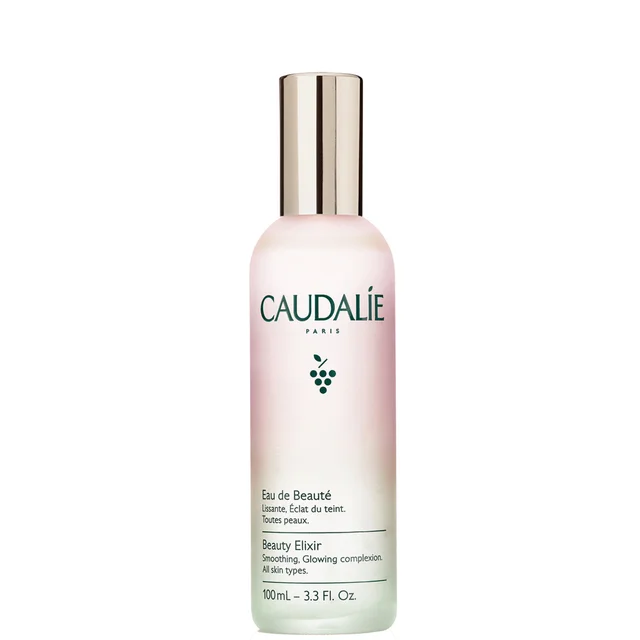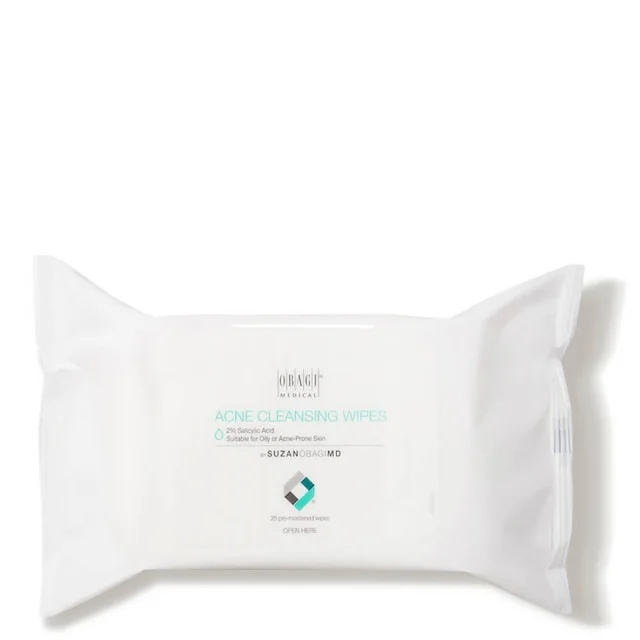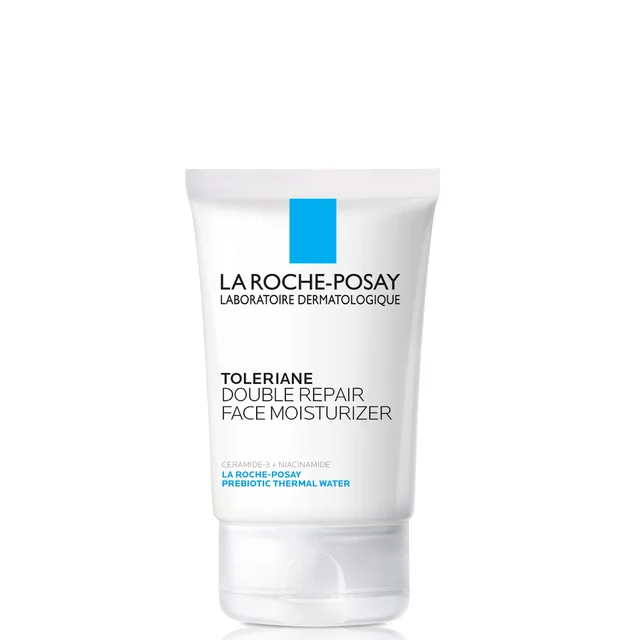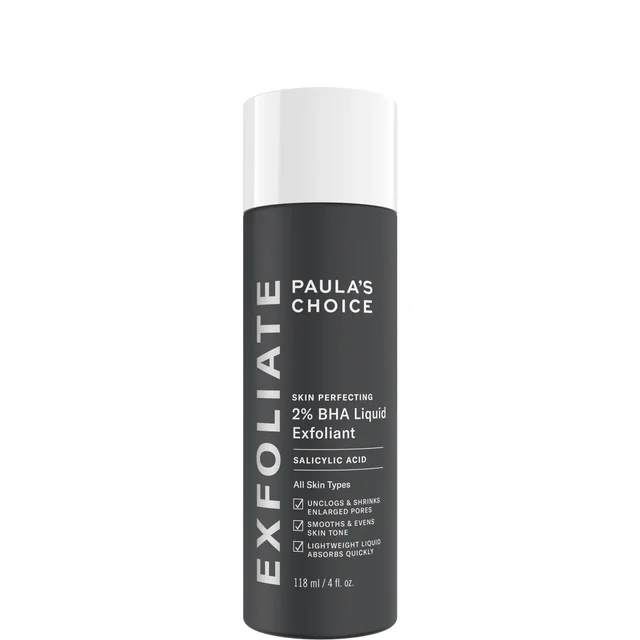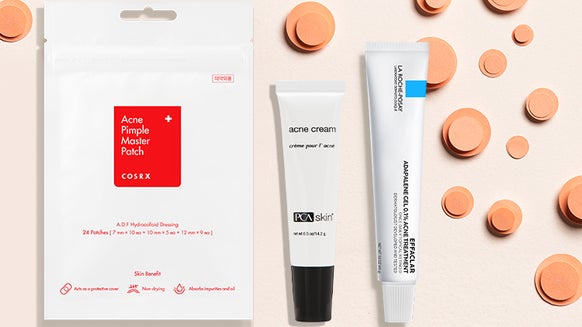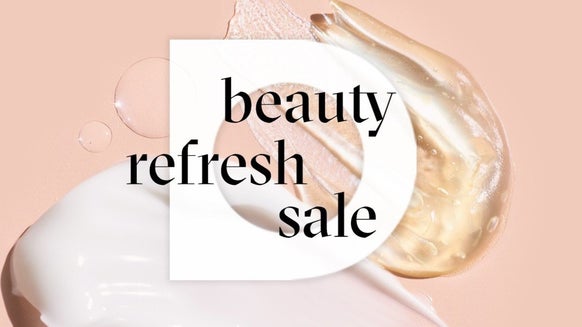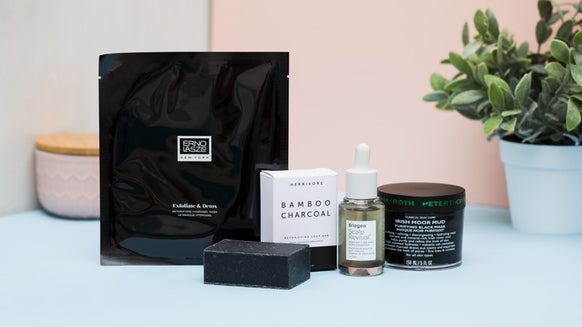How to Get Clear Skin: 13 Dermatologist-Approved Tips
Meet the Experts
Dr. Haleh Bakshandeh – Medical and cosmetic dermatologist and Persana verified physician
Tips on How to Get Clear Skin
1. Opt for Noncomedogenic Products
“Having clear skin means a complexion free of active acne as well as any blemishes old acne has left behind. Looking for products that are noncomedogenic is an important tip for blemish-free skin,” explains Persana verified physician and medical and cosmetic dermatologist Dr. Haleh Bakshandeh. By choosing formulas that won’t clog your pores, you can rest easy knowing your products aren’t setting up your skin for another breakout.
Featured Product: ESPA Balancing Treatment Oil
Plenty of oils are notorious for clogging the pores, but that’s not the case with this lightweight treatment oil. It helps rebalance the skin’s natural oils while boosting hydration and gently nourishing the skin barrier.
Key Ingredients: Lemon and Rose Geranium, Jojoba and Avocado Oils
Skin Type: Acne-Prone, Oily, Combination
Beauty Insider Tip: For best results, warm a few drops of this purifying oil between your palms before smoothing it over your face and neck until fully absorbed.
2. Cleanse Morning and Night with a Gentle Face Wash
Cleansing is and should always be the first step in your morning and evening routine to rid your skin of pore-clogging dirt, excess oil, and makeup residue as well as to wash away acne-causing bacteria. If post-acne marks and blemishes are giving you grief, Dr. Bakshandeh suggests opting for a cleanser with gentle skin-resurfacing ingredients like glycolic acid or salicylic acid.
Featured Product: iS Clinical Cleansing Complex
Kick off your AM and PM routine with this blemish-fighting and exfoliating cleanser that works hard to break up pore-clogging dirt and oil while boosting cell turnover and refining the look of enlarged pores.
Key Ingredients: Willow Bark, Centella Asiatica, Chamomile
Skin Type: All skin types
Beauty Insider Tip: This resurfacing gel wash is great for both men and women of all ages and skin types and also helps in shaving.
3. Get into Double Cleansing
Sometimes, cleansing your face needs a more serious approach, especially if you’re trying to remove extra-clingy makeup and a full day’s worth of dirt, dust, and grime. That’s where double cleansing comes in. “Clear skin starts with cleansing. Make sure you’re removing all your makeup and sunscreen at the end of the day with a double cleansing routine consisting of an oil-based cleanser followed by a water-based cleanser," explains board-certified dermatologist Dr. Connie Yang. “I love to use the Elemis Pro-Collagen Cleansing Balm followed by the Murad Clarifying Cleanser.”
Featured Product: Elemis Pro-Collagen Cleansing Balm
This nourishing balm-to-oil-to-hydrating milk cleanser effectively wipes away long-wearing makeup, dirt, and impurities with its unique award-winning formula that leaves the skin feeling extra soft, smooth, and glowing.
Key Ingredients: Star Flower Oil, Elderberry Oil, Padina Pavonica
Skin Type: All skin types
Beauty Insider Tip: For some added pampering, use the balm as face mask by warming an almond-sized amount between your palms and massaging the balm over face, neck, and decollete. Leave on for 10 minutes before removing with a warm wash cloth.
4. Try a Toner
If you have oily or acne-prone skin, you shouldn’t be sleeping on toners. Toners often get a bad rep for drying out your skin, especially those with astringent properties that help in shrinking pores and acne. The good news? Today’s toner formulations come with gentler ingredients—like hyaluronic acid and antioxidants like vitamins C, E, and green tea—that focus on delivering a boost of hydration to your skin while helping to exfoliate the surface, tighten pores, and rebalance oil production.
Featured Product: Caudalie Beauty Elixir
Caudalie Beauty Elixir is classic skincare staple with its all-natural formula that gives your skin a refreshing jolt of hydration. Not only does this gentle toner help diminish signs of aging, it also tightens pores, brightens the complexion, and acts as a setting spray for your makeup.
Key Ingredients: Grapes, Rose Oil, Rosemary
Skin Type: All skin types
Beauty Insider Tip: Keep inside the freezer to give your skin an instant cooling and refreshing effect.
5. Fight Acne the Right Way
And that doesn’t include picking at them no matter how tempting it gets. According to Dr. Bakshandeh, a skincare routine for clear skin should focus on two goals. “The first goal is to minimize new breakouts by making sure one step in your routine has an anti-acne ingredient,” she explains. The second part, on the other hand, should be geared towards preventing potential reactions from topical treatments. “Remember, many acne-fighting ingredients can also irritate the skin. So, the other goal is to make sure your skin barrier is kept intact,” adds Dr. Bakshandeh.
Featured Product: Obagi Medical Acne Cleansing Wipes
No need to wait to get home to cleanse your face of dirt and other surface pollutants. These handy disposable wipes help get rid and prevent acne while gently and quickly cleansing your skin—even while on the go.
Key Ingredients: Aloe, Salicylic Acid, Citrus Bioflavonoids
Skin Type: Oily or Acne-Prone Skin
Beauty Insider Tip: Start with once daily application to prevent excessive drying of the skin, then gradually work your way up to three times a day.
6. Add a Topical Acne Treatment
Depending on how serious your breakout is, you can opt for topical acne treatments with acne-fighting ingredients like benzoyl peroxide, salicylic acid, and azelaic acid. As the ultimate do-it-all skincare ingredient, retinoids can also work wonders for your skin when it comes to clearing breakouts. The most potent retinoid treatments for acne require a prescription, but some of its gentler forms, like adapalene, are available OTC.
Featured Product: PCA SKIN Acne Gel
We’re huge fans of this gel treatment’s innovative delivery system that allows its active ingredients to penetrate deeper into the skin, ridding the skin of acne-causing blockages and preventing future acne woes.
Key Ingredients: Hexylresorcinol and Ethyl Linoleate, 2% Salicylic Acid, Mandelic Acid
Skin Type: Oily, Acne-Prone, Combination, Normal
Beauty Insider Tip: This gel treatment can be used as a spot treatment or full-face if you have oily or acne-prone skin.
7. Apply a Niacinamide Moisturizer
When curating a routine for clear skin, Dr. Bakshandeh says, “A good moisturizer is important to apply as a finishing step.” This helps in preserving the skin’s natural barrier and in reducing the risk of irritation from potent acne treatments. Niacinamide is a form of vitamin B3 known for its ultra-nourishing properties that support skin-healing and restore barrier function. Not to mention, it has antioxidant and anti-inflammatory properties that help not only with signs of aging but also acne-related concerns, like discoloration, dryness, and blemishes.
Featured Product: La Roche-Posay Toleriane Double Repair Moisturizer
Even when you have oily skin, moisturizing is still a must. That’s because overproduction of sebum can sometimes be your skin’s way to compensate for the lack of moisture. Ultra-nourishing without being heavy or overwhelming even to the most sensitive skin, this daily moisturizer is formulated with the brand’s proprietary prebiotic thermal water to deliver much-needed moisture and hydration while soothing and strengthening the skin’s natural barrier and protecting against free radical damage.
Key Ingredients: Ceramide-3, Prebiotic Thermal Water, Niacinamide, Glycerin
Skin Type: All skin types
Beauty Insider Tip: Apply to the face and neck both day and night for ultra-hydrated and well-soothed skin.
8. Exfoliate Regularly
Regularly buffing your complexion at least once to twice a week with AHAs and BHAs reveals healthier, clearer skin as these ingredients slough away dead skin cells that can clog up pores and hair follicles while also diminishing blemishes left behind by breakouts. “Incorporate a salicylic acid product like Paula’s Choice BHA Liquid one to two times weekly to prevent blackheads and keep the pores clear,” shares Dr. Yang. Exfoliation also helps in hastening cell regeneration, preventing common complexion concerns like dullness, milia, and uneven tone and texture.
Featured Product: Paula’s Choice SKIN PERFECTING 2 BHA Liquid Exfoliant
Powered by skin-refining BHAs, this hardworking yet gentle exfoliant helps clear and refine the look of enlarged pores, gets rid of daily grime and impurities, and fades blemishes while soothing inflamed and irritated skin.
Key Ingredients: Salicylic Acid
Skin Type: All skin types
Beauty Insider Tip: For best results, use a dime-sized amount of the product and apply to the face while carefully avoiding the eyelids. Wear under SPF 15 or higher during the day.
9. Add a Retinol Serum
Retinol is the absolute gold standard in anti-aging skincare, but it’s just as much of a hero ingredient when it comes to clearing away blemishes and acne scars. Retinol is known for enhancing the production of collagen and cell turnover, which helps in hastening the healing process of acne lesions, preventing pores from getting clogged, and fading blemishes and hyperpigmentation.
Featured Product: iS Clinical Pro-Heal Serum Advance Plus
Need a retinol serum that doesn’t hold back when dealing with acne and the stubborn marks it leaves behind? Then look no further. This highly potent, antioxidant-enriched serum goes hard in calming symptoms of rosacea, contact dermatitis, acne, and even insect bites. It reduces inflammation, prevents future breakouts, and protects against free radical damage.
Key Ingredients: Retinol, Zinc Sulfate, Kojic Acid, Vitamins C and E
Skin Type: All skin types
Beauty Insider Tip: In spite its highly potent blend of active ingredients, this treatment serum is also ideal for sensitive or compromised skin.
10. Brighten Skin with Vitamin C
Vitamin C is a powerhouse antioxidant known for its anti-aging properties as well as its skin-brightening benefits. It improves the skin’s overall tone and texture as well as fades redness, discoloration, and blemishes caused by sun damage and acne.
Featured Product: Allies of Skin 35% Vitamin C Perfecting Serum
This heavy-hitting vitamin C serum lets you put your best face forward with its advanced, ultra-potent formula. Backed by a powerful combo of pure and oil-soluble vitamin C, it tirelessly tackles the effects of pollution, stress, and lack of sleep while speeding up cell renewal and healing and softening scar tissue.
Key Ingredients: 25% Ethylated L-Ascorbic Acid, 10% Tetrahexyldecyl Ascorbate
Skin Type: All skin types
Beauty Insider Tip: When used during the day, this serum amps up the effects of your SPF. It can also be used on the eye contour to brighten tired-looking eyes.
11. Wear SPF
Ask any dermatologist or skin expert about the most important step in skincare, and they will unanimously answer sunscreen. Sun damage isn’t just limited to sunburn and redness. It’s the number one reason behind premature skin aging, causing hyperpigmentation, enlarged pores, loss of firmness and elasticity, and uneven tone and texture.
Featured Product: EltaMD UV Clear Broad-Spectrum SPF 46
The undisputed holy grail of SPFs, this do-it-all sunscreen delivers complete UVA/UVB protection while pampering your complexion with best-for-your-skin ingredients that hydrate, nourish, and soothe the skin while refining and unclogging pores and reducing grease and shine.
Key Ingredients: Hyaluronic Acid, Lactic Acid, Niacinamide, Zinc Oxide
Skin Type: All skin types
Beauty Insider Tip: Got rosacea or acne-prone skin? Fret not. This noncomedogenic sunscreen is specifically formulated to calm inflammation and prevent flare-ups.
12. Keep Your Skin Hydrated
When skin is dehydrated, skin cells aren’t getting enough moisture causing itchiness, dark circles under the eyes, more noticeable fine lines, and an overall dull or lackluster complexion. “Eat a healthy, balanced diet, and make sure you’re staying hydrated—both inside and out,” shares Dr. Yang.
13. Catch Enough Sleep
It’s called a beauty sleep for a reason. As you body rests overnight, it also starts its healing process, and with the help of your nighttime skincare staples, repairs the damage your skin has endured from environmental aggressors throughout the day. Not to mention, lack of sleep and stress can lead to a dull-looking complexion and trigger a breakout.
The Bottom Line
Although achieving clear and healthy skin may not happen overnight, it can be made possible with a well-rounded skincare routine with gentle and noncomedogenic ingredients as well as targeted treatments that address post-acne scarring and other blemishes. Another solution for how to get clear skin? Changing certain lifestyle habits, such as eating a balanced diet, improving your water intake, and getting enough rest nightly, can also make a huge impact on your skin and allow it to maintain a natural glow.

Janeca Racho is a Journalism graduate with over 15 years of writing experience. After getting her start in public relations and advertising, she made the switch to freelance writing and began working for various lifestyle, fashion, and travel brands. Her love for all things skincare has led her to beauty reporting and research for the last ten years. Writing for several hair and beauty blogs, she reports on anti-aging staples, trending brands and products, must-have ingredients, and health and wellness.
Related Posts

Celebrity Facialist Joanna Vargas Reveals the Top Skin Care Mistake to Avoid

What Is the Skin Microbiome? (Plus, What It Means for Clearer, Healthier Skin)
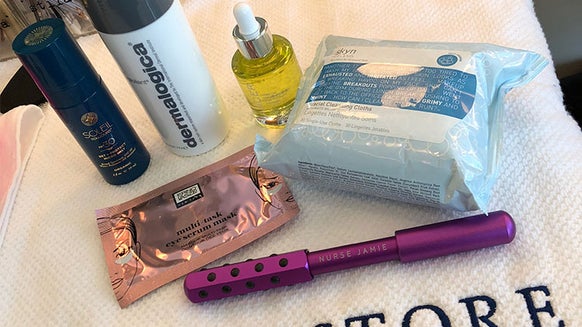
These Are the Beauty Products Used Backstage at Rachel Zoe’s 2018 Pre-Show Event
